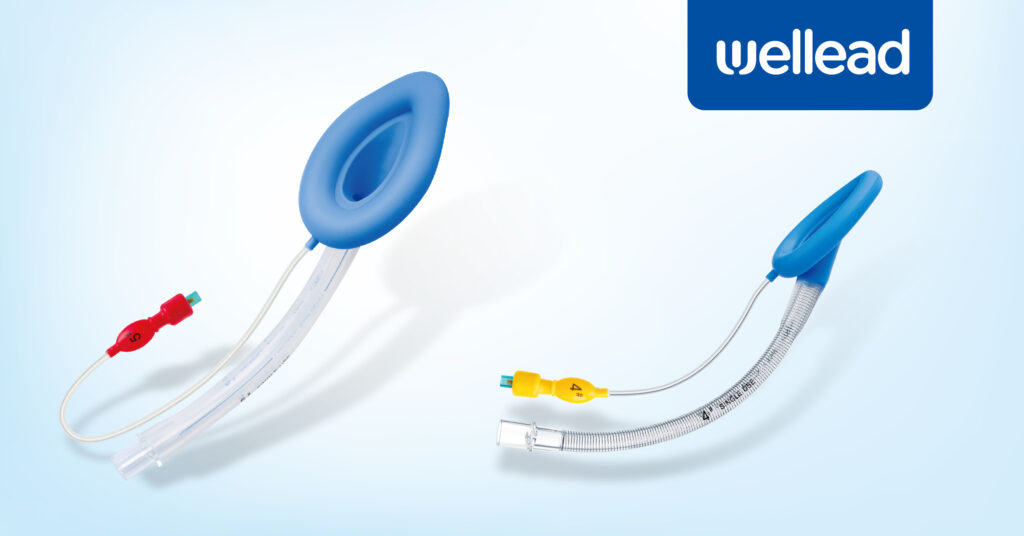During surgical procedures, medical practitioners prioritize maintaining the patient’s airway open. A device called a laryngeal mask, also known as a laryngeal mask airway (LMA), is positioned above the voice cords of the patient. When intubation is not an option, it guarantees an open airway.
But what are the indications for inserting a laryngeal mask? Let’s explore the indications for inserting LMA and recommended practices for doing it effectively.

What is the Purpose of a Laryngeal Mask?
Dr. Archie Brain invented the LMA in 1981. This supraglottic device is applicable in several medical contexts. When other techniques like intubation and bag-valve-mask ventilation are ineffective, the laryngeal mask provides ventilation.
LMA reduces the chances of gastric distention or aspiration when the patient has not fasted before ventilation. It is also helpful for elective and emergency airway management.
What are the Indications for Inserting a Laryngeal Mask?
Laryngeal masks are essential for keeping the airway open while providing anesthesia. They also provide critical assistance in medical emergencies involving difficult or failed airways.
However, what are the indications for inserting a laryngeal mask? Medical professionals rely on it in the following situations:
Cardiac Arrest
According to American Heart Association guidelines, a laryngeal air mask is an appropriate alternative for airway management in the event of a cardiac arrest. It is also a good option in prehospital settings where first responders struggle with intubation.
Elective Ventilation
The laryngeal mask airway is a valuable alternative to standard mask anesthesia for quick operations in the operating room. Medical professionals utilize it when endotracheal intubation is not necessary.
Alternative to Bag-Valve-Mask Ventilation
Bag-valve-mask ventilation becomes difficult for patients with facial deformities or thick beards. When other methods fail, an LMA ensures reliable airway management.
Prehospital Airway Management
Prehospital scenarios are often challenging, and first-aid providers need a way to handle the airway until a definitive airway is established. If intubation seems impossible due to positioning or prolonged extrication, LMA serves as an alternative.
Conduit for Intubation
When direct laryngoscopy fails, an intubating LMA can help save the day. Insert an endotracheal tube (ETT) directly through the LMA or with a fiberoptic scope or bougie’s assistance.
Pediatric Use
In pediatric procedures, laryngeal mask airway success rates during the first attempt are between 67% and 92%. For children, you must deflate the mask with a syringe and apply a lubricant jelly so the patient feels comfortable during insertion.
Instructions for Inserting Laryngeal Mask Effectively
So you got the answer to your query: what are the indications for inserting a laryngeal mask? Here are some tips to insert a laryngeal air mask effectively:
- Keep the pressure low to avoid gastric insufflation.
- Adjust the cuff pressure according to the requirements if the seal isn’t tight.
- Use the sniffing position for successful insertion.
- For easier ventilation, adjust the patient’s position during bag-valve ventilation.
- Keep other airway management tools nearby, especially when there is a risk of spinal injury.
Conclusion
The laryngeal mask fulfills patients’ needs and provides a secure airway solution during various medical procedures. In an emergency situation, the design of the laryngeal air mask will make airway management easier and more efficient.
Well Lead Medical was established in 1988 and is among the leading medical device companies at the domestic and global levels.
Our globally recognized high-quality products include laryngeal masks, which are exported worldwide and appreciated for their top quality at the global level. Our products are designed after several testing procedures and support effective airway management in several medical settings.

